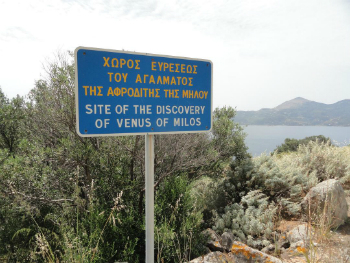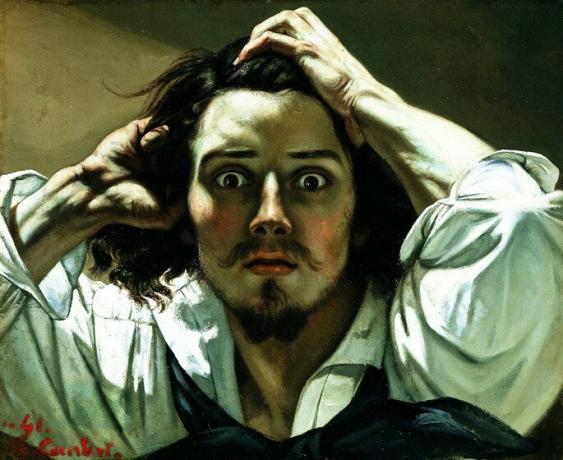Realism is an aesthetic trend that emerged in Europe during the second half of the 19th century.
From the point of view of plastic arts, it stands out above all in French painting, however, it also develops in sculpture, architecture and in the literary world.
The historical context in which it takes place is that of the successive industrial and scientific growth of societies.
At that time, people began to believe that, with nature "dominated", there needed to be greater objectivity and realism also in artistic expressions, rejecting all kinds of subjective vision and illusory.
Characteristics of Realistic Art
- objectivity;
- rejection of metaphysical themes (such as mythology and religiosity);
- representation of "raw" reality: things as they are;
- immediate and unimagined reality;
- politicization;
- character of denunciation of inequalities.
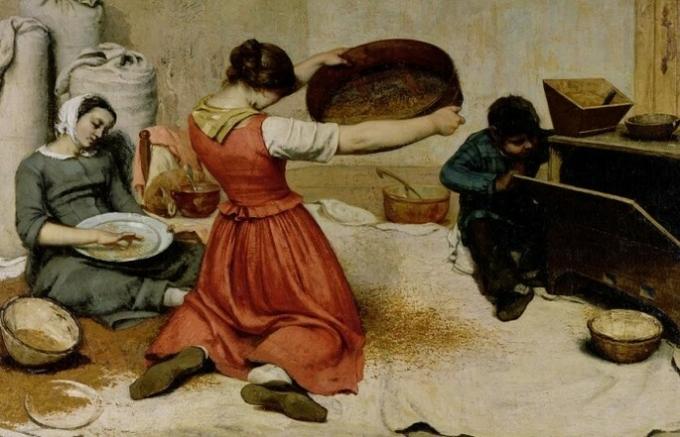
In realistic art, everyday themes predominate. Artists are busy portraying people as they appear, without idealizations.
In this way, due to the maturation of industrialization and the growing inequality and poverty, workers will be a prominent subject.
realist painters
In painting, the most prominent realist artists are:
Gustave Courbet (1819-1877)

The painter Gustave Courbet (1819-1877) is considered the most important artist in this field and creator of the realist aesthetic in social painting.
Courbet showed interest and empathy for the poorest part of the nineteenth century population, and this is evident in his paintings.
The artist's concern was also with overcoming classical and romantic traditions, in addition to the themes that this suggested, such as mythology, religion and historical facts.
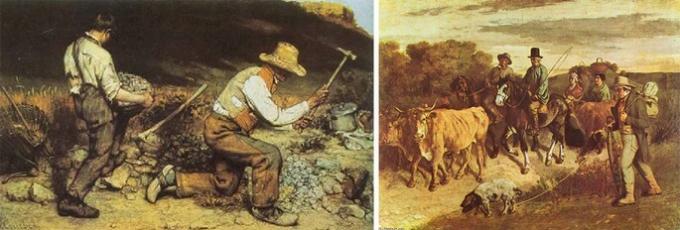
It should be said that Courbet was an admirer of Proudhon's anarchist theories that were emerging at the time, he also had an intense participation during the Paris Commune.
In this way, his political positioning had a great impact on his production.
Jean-François Millet (1814-1875)

Millet was also an important realist painter. Together with Camille Corot and Théodore Rousseau, he organized an art movement called Barbizon School, in which they withdraw from Paris and settle in the rural village of Barbizon. There, the group of painters is dedicated to the representation of rural landscapes and scenes.
For Millet, the human representation mattered more than the setting itself. He dedicated himself, above all, to portraying peasants and the integration of nature with human beings.
Édouard Manet (1832-1883)
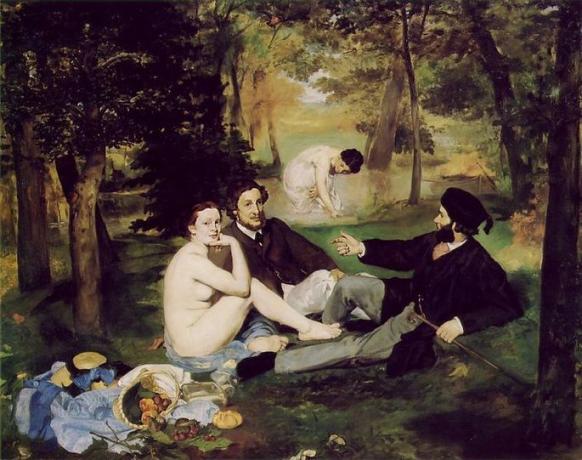
Manet, unlike Coubert and other realist painters, did not have rural and workers' life as its motto, nor did it intend to make a social critique of his art.
This artist belonged to the bourgeois elite and his realism highlighted the aristocratic lifestyle.
It broke with the academic tradition of painting in terms of technique and was criticized by curators at the time.
Later, it gives impetus to a new trend, Impressionism, which would be the precursor of modern Art.
Realism in Sculpture
In sculpture, realism also manifested itself. As in painting, sculptors sought to portray people and situations without idealizations.
The preference was for contemporary themes and often took a political stance.
The artist who stood out the most in this aspect was August Rodin (1840-1917), which causes many controversies.
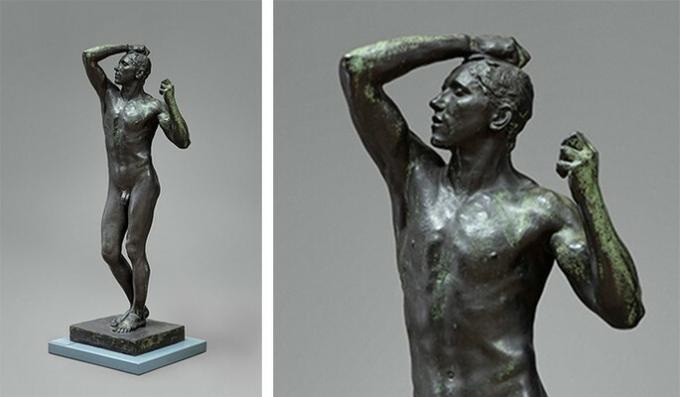
Right in his first big job, the Bronze Age (1877), Rodin causes an uproar. The enormous realism of the work even raised doubts about its production, whether it would have been made from molds of living models.
When talking about Rodin, it is also important to mention the artist Camille Claudel, who was his assistant and lover. It is known today that Camille helped and completed many of the works of the famous sculptor.
Likewise, it is also worth remembering that many scholars classify August Rodin as a precursor of the modernist style.
Realism in Brazil

In Brazil, the realist movement does not happen in the same way as in Europe. Here, the realism expressed in landscape themes is produced by artists such as Benedito Calixto (1853-1927) and José Pancetti (1902-1958).
In the representation of simple people and rural themes, we have Almeida Júnior (1850-1899). With regard to the social character, we can mention Cândido Portinari (1903-1962).
To learn about other aspects that came after realism, read:
- Realism
- Expressionism
- Surrealism


